Industry News
This page contains topics based on industry news therefore it is not related to our products

Survey finds 46% of adults in Luxembourg tried ...
In a revealing national poll conducted by ILRES for the Luxembourg Health Ministry, nearly half of the country’s adult population has reported trying cannabis at some point in their lives. This...
Survey finds 46% of adults in Luxembourg tried ...
In a revealing national poll conducted by ILRES for the Luxembourg Health Ministry, nearly half of the country’s adult population has reported trying cannabis at some point in their lives. This...

German cannabis ban reversal unlikely, poll finds
A recent survey conducted by the German Cannabis Business Association (BvCW) reveals that a majority of Germany’s cannabis industry members consider a full reversal of the country’s cannabis legalization law (CanG)...
German cannabis ban reversal unlikely, poll finds
A recent survey conducted by the German Cannabis Business Association (BvCW) reveals that a majority of Germany’s cannabis industry members consider a full reversal of the country’s cannabis legalization law (CanG)...

Young adults with anxiety: Cannabis aids sleep ...
Cannabis use linked to improved sleep quality in young adults with anxiety and depression A recent study conducted by researchers from the University of California, Los Angeles and Boston University’s...
Young adults with anxiety: Cannabis aids sleep ...
Cannabis use linked to improved sleep quality in young adults with anxiety and depression A recent study conducted by researchers from the University of California, Los Angeles and Boston University’s...

Germany’s judiciary reviews 280,000 past cannab...
Germany judiciary reviews 280,000 cannabis cases post-legalization Following the legalization of adult-use cannabis in Germany on April 1, 2024, the country’s judiciary has embarked on a massive review process of...
Germany’s judiciary reviews 280,000 past cannab...
Germany judiciary reviews 280,000 cannabis cases post-legalization Following the legalization of adult-use cannabis in Germany on April 1, 2024, the country’s judiciary has embarked on a massive review process of...
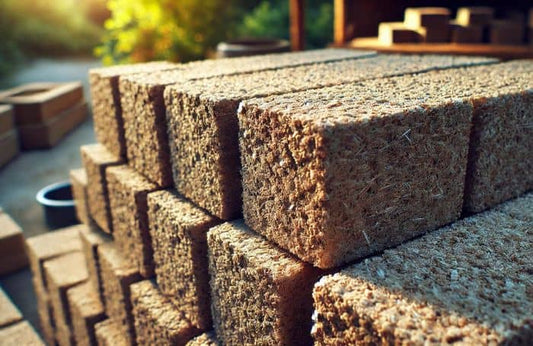
St. Gallen unveils Europe’s largest eco-friendl...
In a groundbreaking development for sustainable architecture, the largest hemp house in Europe has been completed in St. Gallen, Switzerland. This newly constructed residential complex, boasting 19 apartments, stands as...
St. Gallen unveils Europe’s largest eco-friendl...
In a groundbreaking development for sustainable architecture, the largest hemp house in Europe has been completed in St. Gallen, Switzerland. This newly constructed residential complex, boasting 19 apartments, stands as...
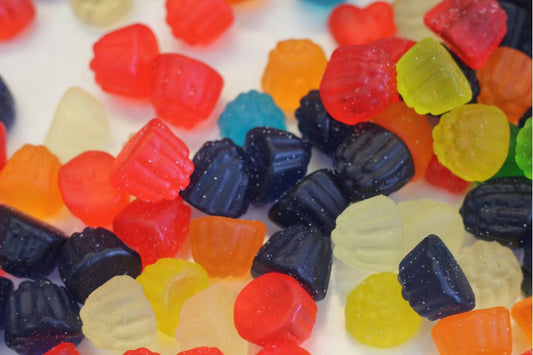
Zurich to launch legal THC edibles this July
Legal cannabis edibles will be available in Switzerland In a groundbreaking move, Switzerland is set to legalise the sale of cannabis edibles, commonly known as edibles, starting this July. These products,...
Zurich to launch legal THC edibles this July
Legal cannabis edibles will be available in Switzerland In a groundbreaking move, Switzerland is set to legalise the sale of cannabis edibles, commonly known as edibles, starting this July. These products,...

ADHD patients turn to cannabis as UK meds dwindle
The shift to cannabis amid adhd medication shortage In an unprecedented turn of events, the United Kingdom is witnessing a significant influx of patients towards medical cannabis clinics, driven by...
ADHD patients turn to cannabis as UK meds dwindle
The shift to cannabis amid adhd medication shortage In an unprecedented turn of events, the United Kingdom is witnessing a significant influx of patients towards medical cannabis clinics, driven by...

New dawn for cannabis policy in the Philippines
The groundbreaking approval of medical cannabis in the Philippines In a significant move, the Philippine House of Representatives has taken a bold step towards health reform by passing a medical...
New dawn for cannabis policy in the Philippines
The groundbreaking approval of medical cannabis in the Philippines In a significant move, the Philippine House of Representatives has taken a bold step towards health reform by passing a medical...

Germany votes yes: The impact of cannabis legal...
Germany's historic leap towards cannabis legalization In a landmark decision that marks a significant shift in drug policy, Germany's Bundestag has passed the adult-use cannabis legalization bill, known as CanG,...
Germany votes yes: The impact of cannabis legal...
Germany's historic leap towards cannabis legalization In a landmark decision that marks a significant shift in drug policy, Germany's Bundestag has passed the adult-use cannabis legalization bill, known as CanG,...

Germany’s cannabis reform: A new era in drug po...
The cannabis legislation debate in Germany's parliament In a significant parliamentary session, Germany's Health Committee approved the controversial cannabis legislation, sparking intense discussions and setting the stage for a historic...
Germany’s cannabis reform: A new era in drug po...
The cannabis legislation debate in Germany's parliament In a significant parliamentary session, Germany's Health Committee approved the controversial cannabis legislation, sparking intense discussions and setting the stage for a historic...

New study debunks THC driving myths
Introduction to THC and driving performance Recent findings from a study conducted in Toronto, Canada, have sparked a significant conversation around the relationship between THC levels in the blood and...
New study debunks THC driving myths
Introduction to THC and driving performance Recent findings from a study conducted in Toronto, Canada, have sparked a significant conversation around the relationship between THC levels in the blood and...

Decline in youth cannabis use after legalisation
Introduction to cannabis legalization and youth usage trends In a groundbreaking analysis by the US Centers for Disease Control and Prevention (CDC), data from King County, Washington, reveals a significant...
Decline in youth cannabis use after legalisation
Introduction to cannabis legalization and youth usage trends In a groundbreaking analysis by the US Centers for Disease Control and Prevention (CDC), data from King County, Washington, reveals a significant...

FDA proposes historic shift for cannabis to Sch...
The FDA's groundbreaking recommendation for cannabis In a significant development, the U.S. Food and Drug Administration (FDA) has taken a historic step by supporting the reclassification of cannabis as a...
FDA proposes historic shift for cannabis to Sch...
The FDA's groundbreaking recommendation for cannabis In a significant development, the U.S. Food and Drug Administration (FDA) has taken a historic step by supporting the reclassification of cannabis as a...

Tasmanian hemp industry seeks reforms to spur g...
Tasmania's hemp industry: A call for change In the picturesque island state of Tasmania, two pioneering hemp business owners, Andi Lucas of X-Hemp and Tim Crow of Hemp Harvests, are...
Tasmanian hemp industry seeks reforms to spur g...
Tasmania's hemp industry: A call for change In the picturesque island state of Tasmania, two pioneering hemp business owners, Andi Lucas of X-Hemp and Tim Crow of Hemp Harvests, are...
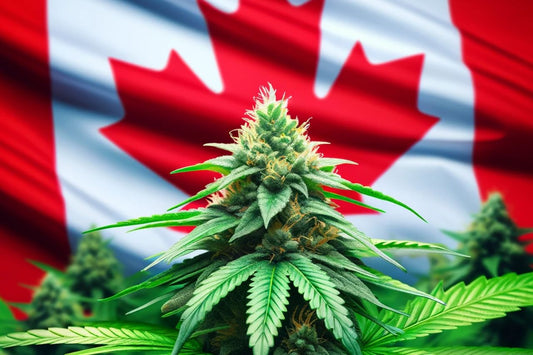
Canada's cannabis legalization: A mixed bag of ...
Canada's cannabis experiment: Five years on Canada's bold move to legalize cannabis in 2018 marked a significant shift in drug policy, making it the first industrialized nation to do so....
Canada's cannabis legalization: A mixed bag of ...
Canada's cannabis experiment: Five years on Canada's bold move to legalize cannabis in 2018 marked a significant shift in drug policy, making it the first industrialized nation to do so....

West Virginia eyes cannabis to combat fentanyl ...
West Virginia's legislative session: A focus on cannabis As West Virginia's legislative session commenced, a key topic of discussion among legislators was the potential role of cannabis in addressing the...
West Virginia eyes cannabis to combat fentanyl ...
West Virginia's legislative session: A focus on cannabis As West Virginia's legislative session commenced, a key topic of discussion among legislators was the potential role of cannabis in addressing the...
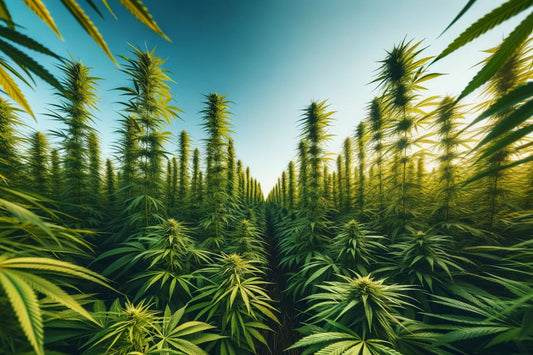
New York's $5M hemp industry boost: A sustainab...
New York's investment in hemp and biomaterials New York State has announced a groundbreaking initiative, allocating $5 million in funding to promote the commercialization of products made from hemp and...
New York's $5M hemp industry boost: A sustainab...
New York's investment in hemp and biomaterials New York State has announced a groundbreaking initiative, allocating $5 million in funding to promote the commercialization of products made from hemp and...

Cannabis is changing the medical landscape
Revolutionizing pain management: Cannabis surpasses traditional therapies In a significant development within the medical community, a recent survey conducted in Germany has revealed that patients suffering from chronic pain and...
Cannabis is changing the medical landscape
Revolutionizing pain management: Cannabis surpasses traditional therapies In a significant development within the medical community, a recent survey conducted in Germany has revealed that patients suffering from chronic pain and...

Yale study reveals breakthrough in hospice pain...
Yale study unveils breakthrough in hospice pain management In a groundbreaking study by Yale University, published in the American Journal of Hospice & Palliative Care, researchers have discovered that hospice...
Yale study reveals breakthrough in hospice pain...
Yale study unveils breakthrough in hospice pain management In a groundbreaking study by Yale University, published in the American Journal of Hospice & Palliative Care, researchers have discovered that hospice...
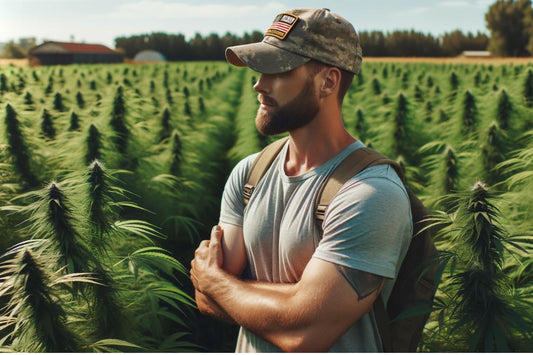
Majority of veterans advocate for medical canna...
Introduction to veterans' perspectives on medical cannabis A recent survey conducted by Ohio State University researchers has revealed a significant trend among veterans and their family members regarding medical cannabis....
Majority of veterans advocate for medical canna...
Introduction to veterans' perspectives on medical cannabis A recent survey conducted by Ohio State University researchers has revealed a significant trend among veterans and their family members regarding medical cannabis....
